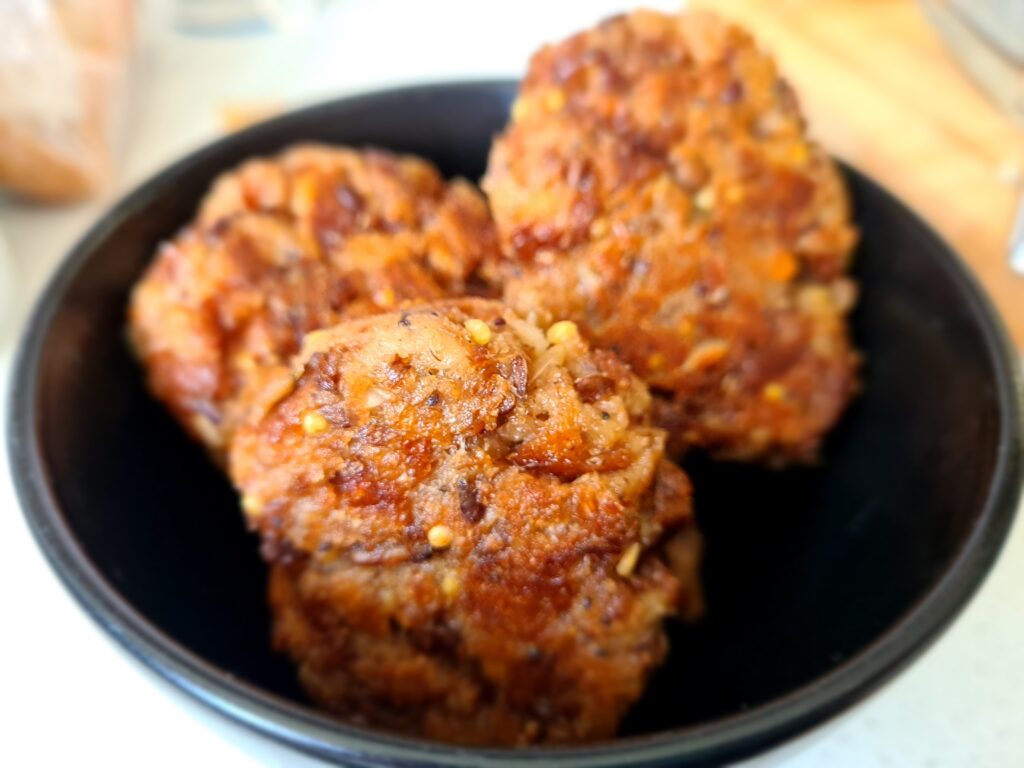Reducing food waste has long been a concern of mine. In fact, while studying for an Environmental Management degree, I spent a year on placement at Gleneagles Hotel, where I conducted a waste and energy audit and implemented initiatives to reduce waste.
1 Meal plan! Check what you have in the cupboard before you go shopping – avoid overbuying certain items to reduce food waste. Rotate cans in your cupboards and write in marker pen on the top bb4 dates so they are easy to see.
2 Use your leftovers – make the most of your ingredients and add them to other dishes or have them the next day for lunch. Leftovers can always be frozen – just remember to label them!
3 Take pictures of the insides of cupboards and fridge – check when at the supermarket to see if already there. If you have time, you could make an inventory with bb4 dates . This works well for freezer food as it is easy to forget what is in there.
4 Make a habit of emptying your fridge veg drawers each week – make the most of anything about to go off. We make a Super Sad Soup and chop any random vegetables looking a bit limp into a pan with a tin of tomatoes, onion and nice herb or spice. Chopped up veg with noodles and a stock cube is a quick easy tea to use up spring onions and other vegetables. Frittatas are also another way to use up bits and pieces in your fridge
5 Keep a good store cupboard of essential ingredients – this enables you to create meals in minutes. Soy sauce, honey and bottled lime juice make an easy marinade or light sauce for a stir fry.
6 Buy only what you need – make a list or weekly menu to reduce food waste. Two smaller trips to the supermarket may avoid spoiled food. Or visit your local Zero store and buy just what you need.
7 Don’t go shopping when you are hungry – you will gravitate to sugary snack items and tend to overbuy things you want rather than what you need.
8 Ensure your fridge is at the right temperature – less than 5°C to ensure food does not go off quickly. Also, don’t overfill it; otherwise, the cold air will not circulate.
9 Freeze food still in date to avoid throwing it away – most foods can be frozen, but sometimes it is worth chopping items up so they are easier to defrost. Milk can be frozen in ice cube trays and dropped into hot tea. Milk can also be made into white sauce, frozen and used in lasagne or macaroni cheese.
10 Use common sense on best before labels – use your senses, eyes and nose to detect the most prominent issues! A limp vegetable can easily be disguised in a dish.
11 Batch cook, label and freeze – make the most of your time and energy for you and your appliances.
12 Roast medley of vegetables in a large dish – great if you are not sure what to do with random vegetables in seasonal vegetable bags. Add a little oil and herbs of choice. – these can then be made into soup, used cold in salads, or stirred through pasta, rice or cous cous.
13 Make a pizza base – traditional or cheat with a puff pastry sheet and chop up vegetables onto a tomato base and grate cheese on top.
14 Increase the life of vegetables through correct storage – bread, onions, potatoes, and cucumbers are best in a dark place rather than a fridge. Anything with a stem/stalk can be popped in a jug of water such as celery, asparagus, broccoli and Brussels sprouts.
15 Organise your freezer – a draw for leftovers such as roast meats, soups, gravy, and sauces is handy when you want a quick, easy tea.
16 Label your food! – surprising how quickly you forget it has been sitting in the freezer and you forget what it is that has been frozen. Mash and white sauce look very similar.
17 Revive your vegetables in a bowl of cold water – limp carrots, celery, spinach and salad all improve through this method.
18 Use a food waste app like Olio – pass on food that someone else may want.
19 Make the most of your herbs—store them in an envelope in the freezer. The paper absorbs the moisture in the herbs. Did the pot plant on the windowsill die? Well, not really; it’s dried. Take off the leaves, pop them in a jar, and use them as dried herbs.
20 Herbs in your garden? – cut them back and dry them upside down. Shake the branches on a tray and place them in jam jars. Can be used in food or as a herbal tea.
21 Use your loaf! – bread is one of the most common thrown away food waste and there is so much you can do with it!
You can revive it by placing it in foil with a splash of water and reheat in the oven.
You can cube it or blitz it and bake it in the oven for 20 minutes at 150°C to create croutons or dry bread crumbs. Below are some bread dumplings made with a splash of milk.

Watch more top tips on reducing food waste here!
I hope you have found some of these tips for reducing food waste useful. During my cooking lessons, I always give practical advice on how to make food go further and how to store vegetables and other ingredients more effectively.
Want to learn more about reducing food waste and making the most of your leftovers? Book a private lesson to discover how to improve your kitchen confidence.
Great fun, these private workshops always book up early. Create your own festive bake-off with family or friends!
Our Get Cooking! Experience Gift Vouchers make a great present for all ages from 7 to 70, for birthdays, Christmas or just because! Vouchers are very popular with young adults about to leave home (and their parents!)
Whether you’re a complete beginner, want to brush up on basics, pick up new skills, or try out new dishes, Anne Marie can help you become a better cook.
Live Zoom cooking classes and demonstrations for any occassion. Available for individuals, family, friends and work colleagues.
6 Touchstone Road
Warwick Gates
CV34 6EE
T: 07956 955951
E: hello@get-cooking.co.uk
Send us your details to receive our newsletter:




Copyright ©2021 Get Cooking! | Privacy Policy | Terms and Conditions | Website Design by Your Site Matters